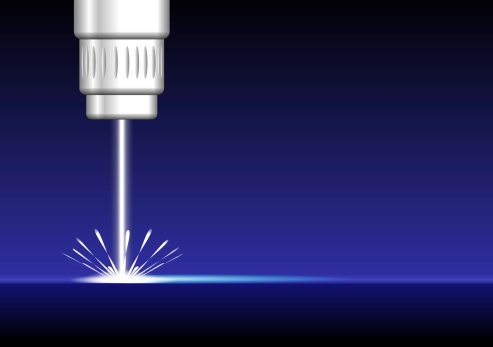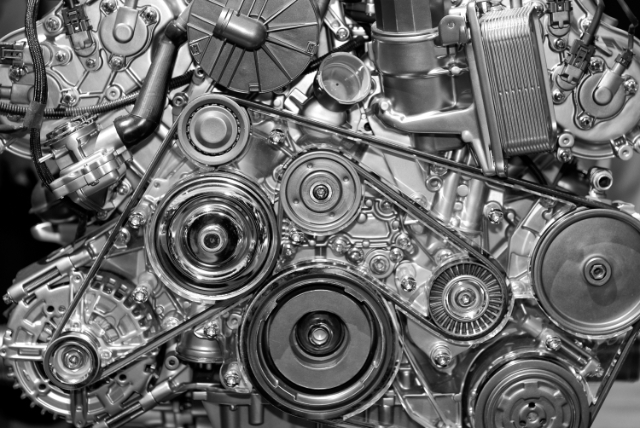How a New Tube Hydroformed Instrument Impacts the World of Optics and Photonics

Automotive and aerospace engineers (among others) have used tube hydroforming as a means to supplement inferior design techniques, by decreasing weight and increasing tensile and ductile strength, two things that had been sorely lacking in those industries for many years.
Tube hydroforming contributes to industries all around the globe, and lends an idle, albeit able hand in sculpting and shaping how those global communities think, brand, and progress into the future.
Recently, a new advancement in design was announced from an industry that has had little use for hydroforming up until the last few years: optics and photonics.
A newly designed, tube hydroformed instrument is helping to find sensitive measurements, and the scientists who use them.
From an article on optics and photonics on how the instrument works:
The instrument measure objects with apertures that range from 20 to 200mm or more, and consists of a laser diode, a conical mirror, and a miniature CCD or CMOS camera.
In the progressive world of aerospace design and mechanical engineering, seeing the truly smallest of smalls makes a huge impact on a nanoscale. Nanoscientists have for a long time been viewing that in which we are not able to see, and use powerful microscopes to do so.
For those in the aerospace industry, however, measuring the inner diameter of holes to establish the gauge of the bore by using two or three measured points is time-consuming and arduous.
So optics has stepped in to ease the burden. But even then, older optical sectioning methods are difficult to use for pipes measuring less than 100mm.
From the article on how the technique is applied to measurement and its functional principle:
The key component that we use in our technique is a ring beam device, which consists of a conical mirror and a laser diode. The fundamental principle that underlies our technique is based on optical sectioning, without the use of any contact-type stylus.
The instrument, whose shell is made by tube hydroforming, is rapidly helping those who already do a difficult job easier, by enabling the instrument “compatible with practical industrial applications,” as well as aiding in the future development of an even smaller probe that measure holes less than 10mm in diameter.
For more information on how we can help you, please contact us any time.




Leave a Reply